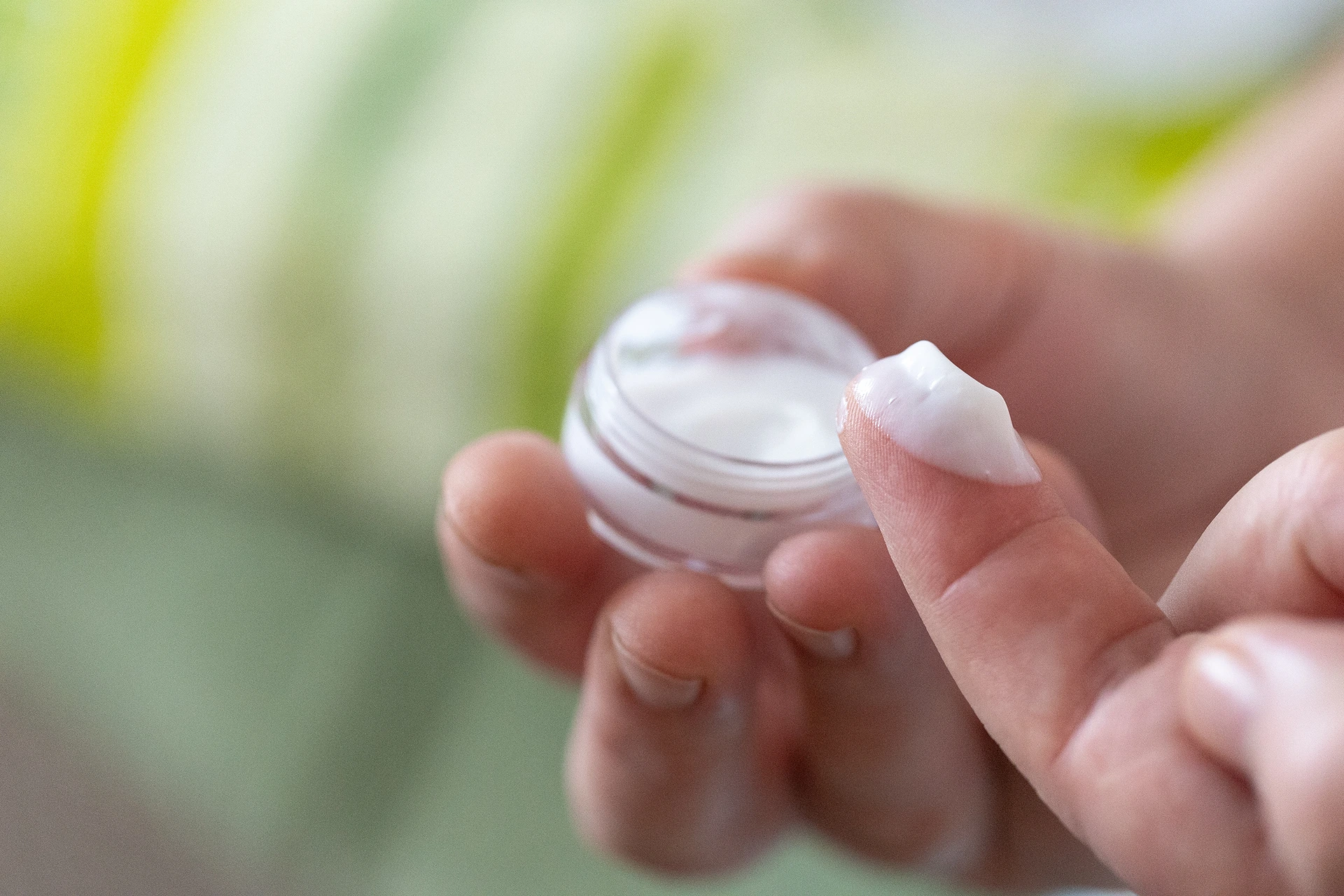Testosterone replacement therapy (TRT) involves supplementing the body with testosterone to help treat clinically low testosterone levels.
When used properly under medical supervision, TRT can provide benefits for men with diagnosed testosterone deficiencies.
However, some aging men who experience natural decreases in testosterone have looked to TRT as an alluring anti-aging solution.
But the efficacy and risks of using testosterone therapy for reversing or slowing aging in healthy men remain highly debated.
The Cost of Testosterone Therapy Varies Based on Factors

The out-of-pocket cost for TRT can vary substantially depending on your specific treatment plan and details like:
- Treatment method: Testosterone is available in several forms including injections, gels or creams, patches, pills, and more. Each has a different price tag.
- Insurance coverage: Having health insurance can lower your expenses, but coverage varies.
- Dosage and frequency: The amount and how often you need treatment impacts costs.
- Location: Cost of living and healthcare rates differ by geographic area.
Average Cost Ranges
To give you a general idea, sources show these average monthly costs of common TRT options without insurance:
| Treatment Option | Average Monthly Cost (Without Insurance) |
| Injections | $40-100 |
| Gels/Creams | $50-150 |
| Patches | $50-150 |
| Pills | $100-300+ |
Again, your individual treatment plan will depend on your needs, insurance, and other factors.
Insurance and Telehealth Can Lower Costs
Having health insurance coverage for TRT will likely lower your out-of-pocket costs. Typical monthly co-pays with insurance are $30-100.
New subscription telehealth services also advertise low TRT costs, like $28/month for medication plus $129 in monthly fees.
However, more research is still needed on the long-term safety of relying solely on telehealth for proper diagnosis and monitoring.
Testosterone Decline is Natural as Men Age
Testosterone production peaks in a man’s late teens or early 20s then gradually decreases with age, starting around age 30. Older men experience a natural decline of about 1-3% per year on average.
While bothersome, some experts say modest age-related testosterone decline may not always warrant medical intervention, especially if levels remain in the normal range.
Mixed Evidence on Anti-Aging Benefits
Some research shows TRT can offer benefits like improved sexual function, bone density, anemia, and body composition in men with clinically low testosterone.
However, evidence is still limited that TRT can reverse or slow aging in healthy men without an underlying condition. Some men report feeling more energetic and youthful, but many experts believe that these are simply personal opinions without strong data to support them.
FDA Warns Against Using TRT for Normal Aging

Citing limited benefits and health risks, the FDA warns against using prescription testosterone products to try to relieve normal, age-related issues like declining energy, lower libido, or changes in body composition.
Some experts caution that artificially raising testosterone later in life could potentially accelerate certain aspects of aging. More research is still needed.
Possible Long-Term Side Effects
While more studies are still needed, potential side effects of long-term TRT may include:
- Prostate enlargement
- Prostate cancer risk
- Cardiovascular issues like blood clots or heart attack
- Testicular shrinkage
- Reduced sperm production/infertility
- Acne and oily skin
- Hair loss
- Liver damage
The long-term risks of TRT for anti-aging purposes are not yet fully characterized, creating uncertainty about cumulative effects over many years.
When is Testosterone Therapy Appropriate?
The Endocrine Society’s guidelines state that TRT is only definitively indicated for men with diagnosed hypogonadism causing symptoms.
Weighing Costs vs. Uncertain Anti-Aging Benefits
Given the lack of robust data on efficacy and long-term safety, deeply weigh spending anywhere from $500 to $5,000+ annually on TRT for anti-aging against the uncertain benefits and potential health risks involved.
Healthy lifestyle choices like exercise and diet may offer more reliable and cost-effective anti-aging and health-enhancing results. More research is still needed on TRT’s risk and benefit ratio for non-medical rejuvenation uses.
Consult a Doctor for Proper Evaluation
Always consult a qualified medical professional before starting any TRT regimen to carefully evaluate your health, risks, lifestyle factors, and treatment objectives.
Self-prescribing testosterone therapy purchased online or from unlicensed sources carries tremendous risks.
Only a licensed physician can help objectively determine if TRT is clinically appropriate for your situation after proper examination, diagnosis, and lab testing.
Conclusion

While the search for a true anti-aging solution continues, the costs of TRT and its uncertain benefits make exercising caution a wise choice. Ongoing research could unlock the true potential of testosterone therapy in the future. In the meantime, prioritize healthy living as a proven method for enhancing and extending your best years.

